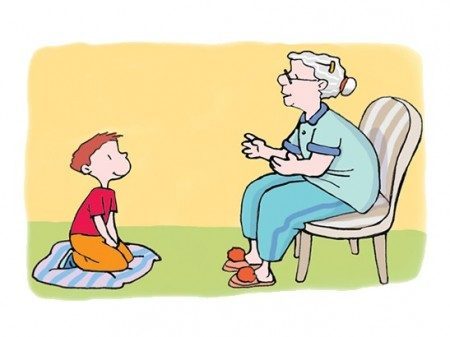 Biomechanics is the discipline that studies the movements of the human body, that is, the physiological and mechanical aspects involved in movement, as the term itself indicates (literally, the word biomechanics could be defined as the machine of living beings). Likewise, biomechanical principles are applicable to a wide range of sciences and disciplines: zoology, physiotherapy, sport, ergonomics, etc.
Biomechanics is the discipline that studies the movements of the human body, that is, the physiological and mechanical aspects involved in movement, as the term itself indicates (literally, the word biomechanics could be defined as the machine of living beings). Likewise, biomechanical principles are applicable to a wide range of sciences and disciplines: zoology, physiotherapy, sport, ergonomics, etc.
Biomechanics Division
There are two types of biomechanics: static and dynamic. The first focuses on the balance of bodies, which can be found at rest or in motion. The second is responsible for studying the movement of bodies under the action of the forces involved in the movement. Biomechanics of a dynamic nature is divided into two subsections:
1) kinematics or the study of movements in which some type of acceleration or displacement occurs and
2) kinetics or the study of the forces that trigger movements. As can be seen, biomechanics is based on concepts typical of physics, such as force, acceleration, movement or rest.
Biomechanics and sport in general
There is a close relationship between sport and biomechanics. The link between the two areas is evident, since it is about establishing the technique of any sport in terms of mechanical physics and all this in order to achieve optimal performance of athletes. Thus, the description of the sports technique is carried out from the kinematic study of the different parts of the body and, on the other hand, the dynamic study allows knowing how the kinematic values have been obtained. With this type of information, coaches can know if the effort of the athletes is correct or if some type of technical improvement of the movements is possible.
Biomechanics of running
 If we think about the human body, we do a wide variety of activities that involve movement, such as jumping, running or moving around. To understand these movements it is necessary to understand the mechanical system of our body.
If we think about the human body, we do a wide variety of activities that involve movement, such as jumping, running or moving around. To understand these movements it is necessary to understand the mechanical system of our body.
Biomechanics studies, among other things, the way we run. In other words, what muscles do we use in running and what movements are performed by each part of the body involved in the action of running.
Each running cycle can be divided into three phases: the stance phase, the push phase, and the flight phase. In each of these phases, different muscles, joints and bones are activated. A technically adequate race will allow the runner to obtain better results and, conversely, poor biomechanics will be associated with worse marks and possible injuries.
Photos: iStock - Todor Tsvetkov / ForeverLee









